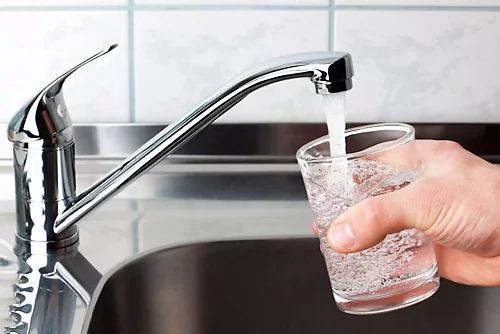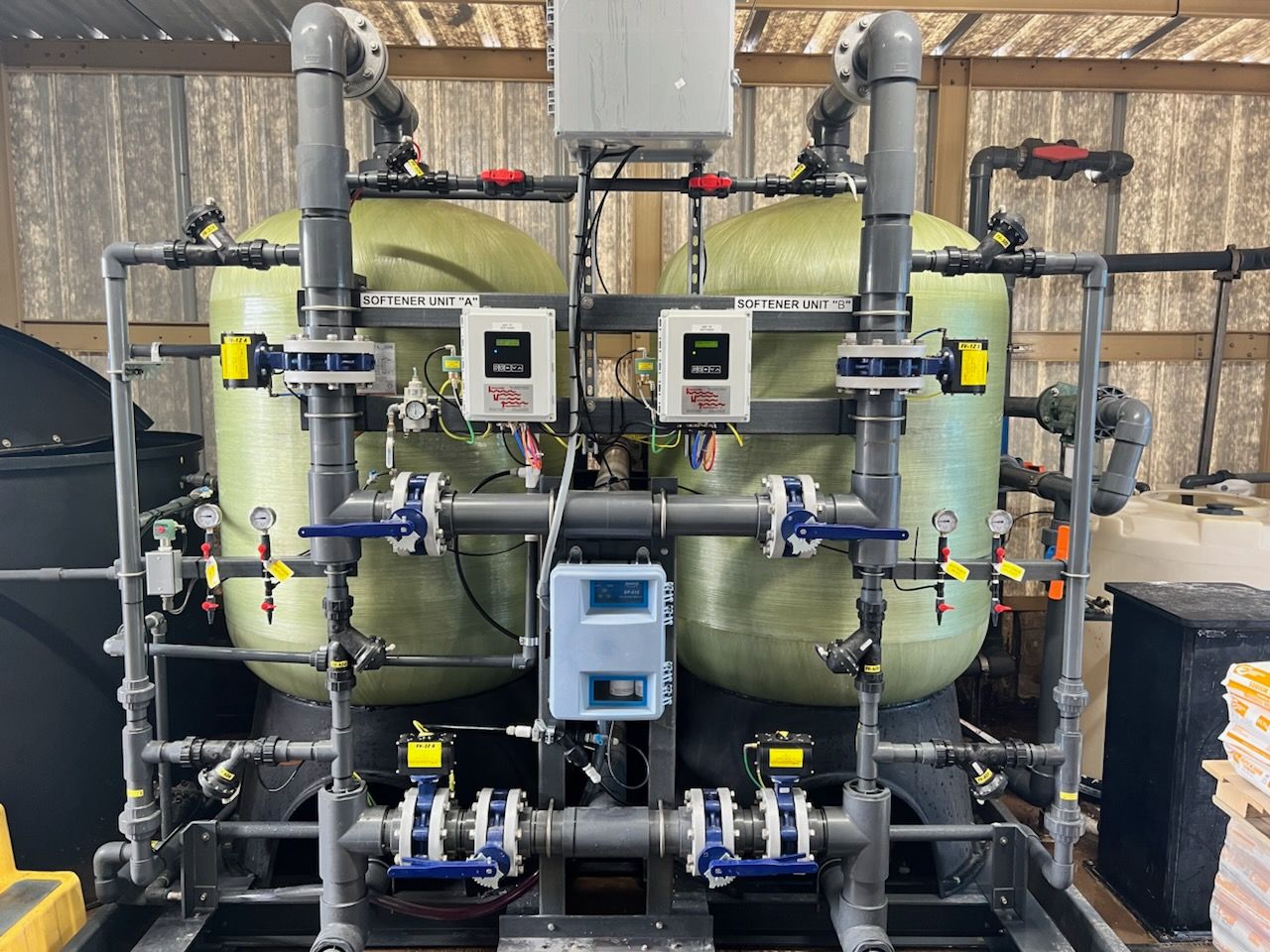The Hidden Link Between Water Quality and Energy Efficiency
October 3, 2024
The Hidden Link Between Water Quality and Energy Efficiency

The body content of your post goes here. To edit this text, click on it and delete this default text and start typing your own or paste your own from a different source.

April 1, 2025
Join us for a great evening of networking at Sparkling Clear Industries' Oil & Gas Industry Happy Hour! Enjoy complimentary appetizers, drink specials, and connect with industry professionals as we celebrate 40 years in business. 📅 April 10th | 📍 Schafer’s Coastal Bar & Grille | 🕔 5-7 PM. No RSVP needed—just stop by! #OilAndGas #Networking #SCI40Years

March 19, 2025
At Sparkling Clear Industries, we’ve been helping industrial and commercial businesses stay up and running for over 40 years. Our commitment to fast delivery, dependable support, and practical solutions has made us a trusted partner in the Greater Houston area. Now, we’re looking for a skilled Accountant to join our team and help us keep things running smoothly behind the scenes.

March 17, 2025
When a bleach manufacturer faced potential downtime due to a corroded water softener system , Sparkling Clear Industries stepped in with a fast and effective solution. By providing a rental unit during installation and delivering a custom-built system designed for better durability and efficiency, we ensured zero production downtime and exceeded customer expectations.
We'll help you find the product/equipment you need, so you can focus on running your business.
© 2025
All Rights Reserved | Sparkling Clear Industries, Inc® | Privacy

